April is Congenital Diaphragmatic Hernia Awareness Month
By Christine Hunter
Mommy to Henry
Born August 2018
Congenital Diaphragmatic Hernia
5q14.3-5q15 Deletion, Bosch Boonstra Schaaf Optic Atrophy Syndrome, MEF2C Haploinsufficiency Syndrome, Cortical Visual Impairment, Infantile spasms (West Syndrome)
My pregnancy with our first-born son, Henry David, was easy with zero concerns. We had an ultrasound at 10 weeks and 20 weeks which both showed no concerns. His growth was on track and looked healthy.
In August 2018, Henry was born via emergency c-section. Henry had significant heartrate issues during pushing and they eventually lost his heartbeat. I was rushed back for a C-section under general anesthesia and Henry was born within a few minutes. Because I did not have an epidural and had to be put under general anesthesia, my husband Paul was unable to be in the OR for Henry’s birth.
They immediately had difficulty stabilizing Henry. They had significant concerns with his breathing and they were able to hear his heartbeat on the right side of his chest instead of the left. Paul was then notified that they needed to take Henry to the NICU where he was intubated and stabilized. I woke up from anesthesia not much later and I was very confused. The C-section had happened so fast, and the first thing I remember after waking up was being told that Henry was very sick and needed to go to St Louis ASAP.

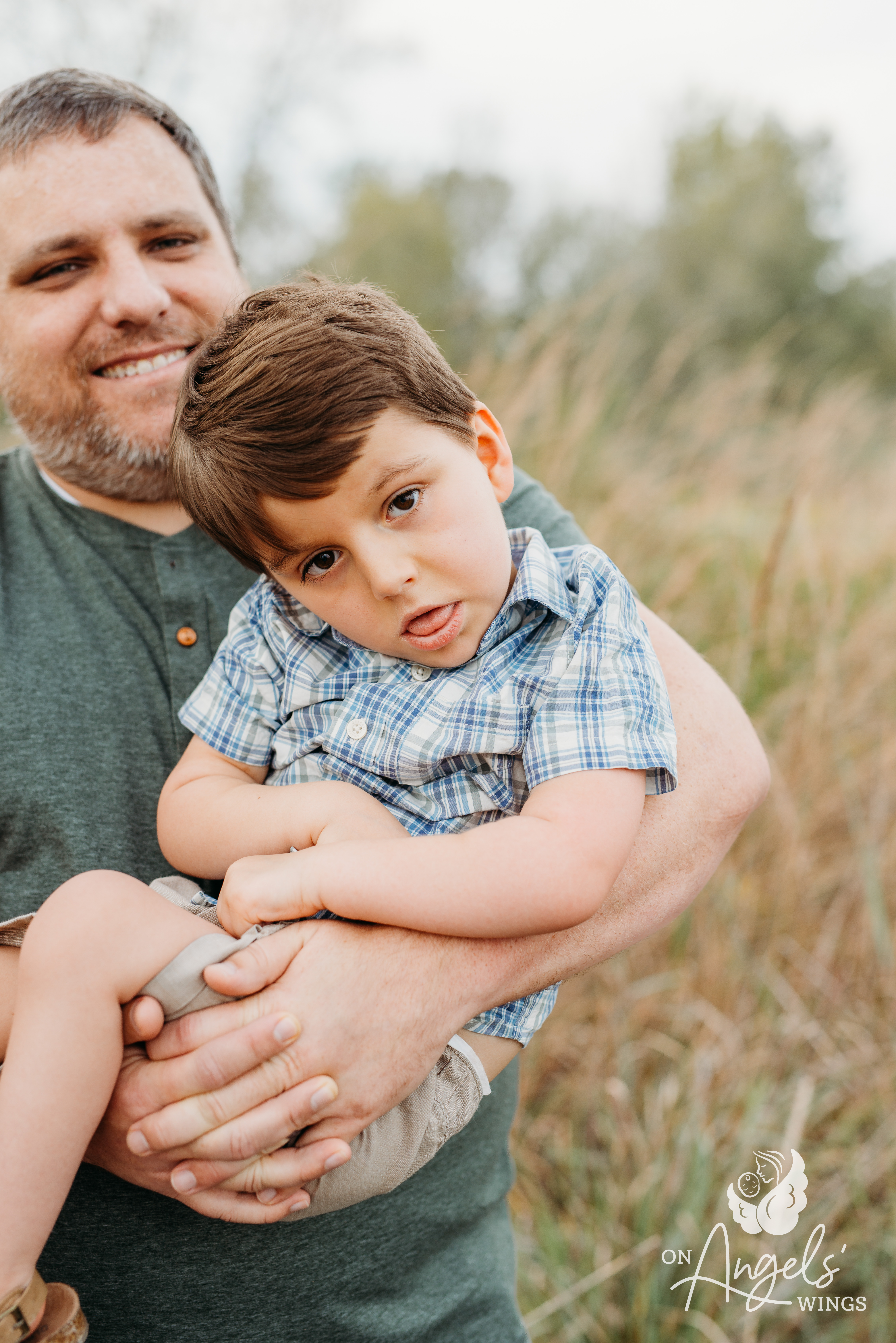
They began explaining that Henry likely had Congenital Diaphragmatic Hernia that was undiagnosed in utero. While they arranged for transport, Paul and my Mom went down to the NICU to see Henry. Once the transport team arrived, they brought Henry to my room for just a couple minutes so I could meet him for the first time before he left for Cardinal Glennon. Paul and his Dad went to Cardinal Glennon to be with Henry. I was discharged first thing the next morning and rushed to be with him too.
Henry was scheduled to have his CDH repair surgery at 5 days old, but because his condition was worsening, his surgeon decided it needed to be done immediately at just two days old. The repair went well, but we still had a long recovery in the NICU ahead. Because Henry’s CDH had not been caught prenatally and was diagnosed at birth, we were all still in shock and trying to learn about CDH as fast as we could. Henry had good days and bad days while in the NICU, but he was gradually improving. In hopes of going home soon, Henry had surgery to place a Gastrostomy tube at two months old. Henry was then discharged on oxygen and with a g-tube after 75 days in the NICU.
We were finally all home together. With the use of oxygen and g-tube Henry was stable and putting on weight. He started outpatient therapy and First Steps early Intervention to address his feeding difficulties and developmental delays. In February 2019, just before Henry turned 6 months old, we began noticing him doing a repetitive crunch motion every 2-3 seconds for periods of time throughout the day. These episodes were so difficult to watch as they appeared involuntary, and Henry seemed very uncomfortable. After a quick Google search, we were concerned that it could be seizures, so we captured it on video and showed it to Henry’s pediatrician. By this point, Henry’s hypotonia and developmental delays were also becoming more apparent, and we expressed our concerns about his delays. All of this caused Henry’s Pediatrician to order an EEG and refer Henry to Genetics and Neurology at Cardinal Glennon.

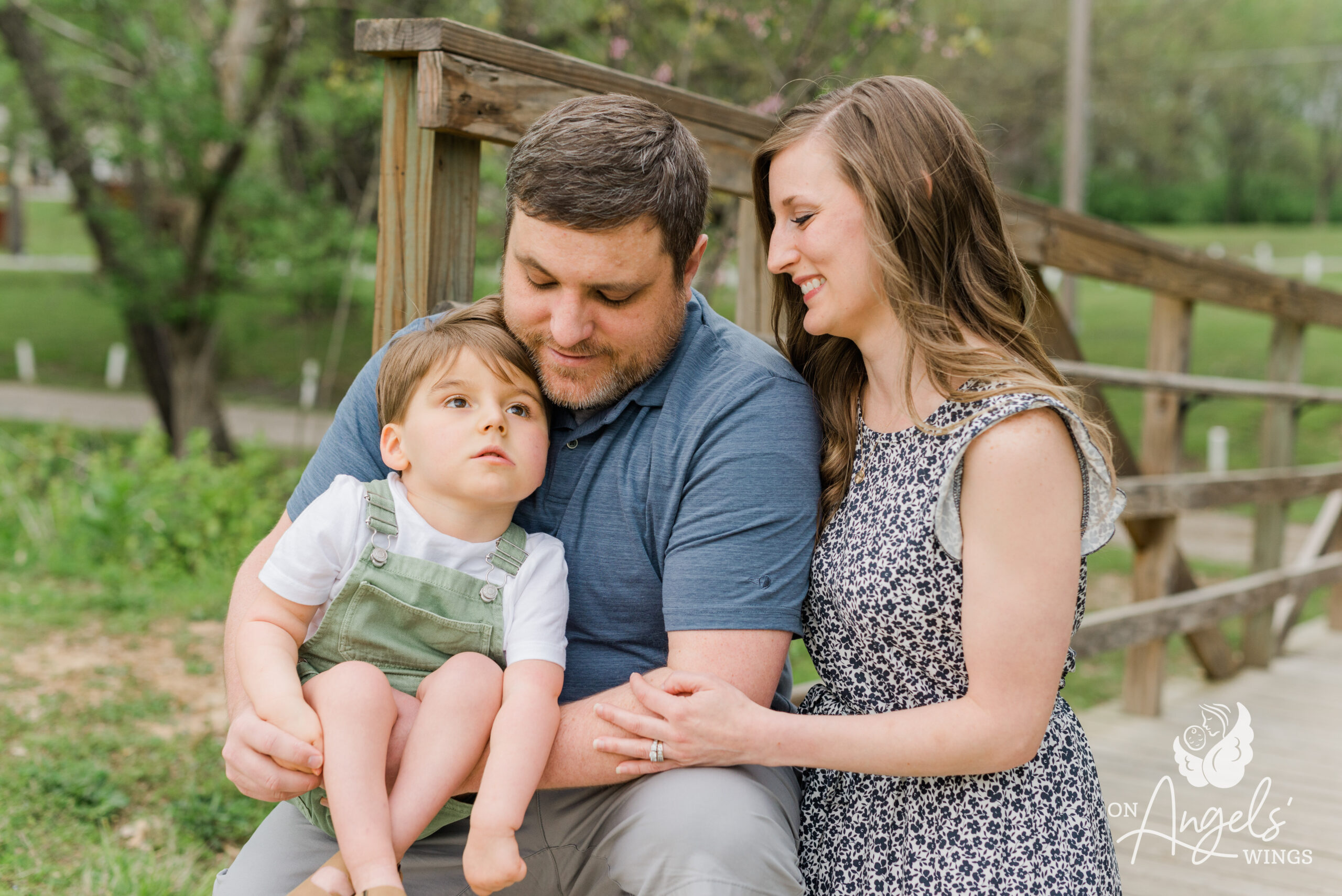
We took Henry up that week for an EEG. Just as we were arriving back home, I noticed that I had an urgent voicemail from the Neurologist saying that Henry needed to be admitted for an EEG and to begin treatment. Our fears were correct. Henry had been diagnosed with Infantile Spasms (West Syndrome). Once admitted, Henry was hooked up for the EEG and a MRI of his brain was performed to look for a cause for the seizures. It was discovered that Henry has dysgenesis of the corpus callosum, but no cause could be found for the seizures. Henry began two medicines that we prayed would stop the seizures. With these medications came a lot of awful side effects, but it was crucial that we get his seizures under control as soon as possible.
Two weeks later Henry was admitted again for a 48 hour EEG to monitor the seizures. The amount of seizures had decreased, but they had not fully resolved and the EEG continued to show hypsarrhythmia. The Doctors added in a third medication, and within a few days the seizures were finally under control. A few weeks later we met with the Geneticist and elected to do genetic testing to see if we could put some pieces together. At this point Henry had been diagnosed with CDH, a VSD, Infantile Spasms, dysgenesis of the corpus callosum, and had severe developmental delays.
The list of diagnoses just kept getting longer and we didn’t have any explanation. In May 2019, I received a phone call while I was at work from Henry’s Geneticist; the testing showed that Henry had a large deletion on the 5th chromosome. The specific deletion is 5q14.3-5q15, which involves three pathogenic genes (NR2F1, MEF2C, and ADGRV1). This deletion is associated with most of Henry’s diagnoses at this point except for his Congenital Diaphragmatic Hernia. It could not be associated with CDH. The genetic testing finally gave us some answers.
Although they are both very rare it connected us with other families who had children with similar deletions who had been diagnosed with Bosch-Boonstra-Schaaf Optic Atrophy Syndrome (NR2F1 Deletion) or MEF2C Haploinsufficiency Syndrome.
We had also suspected issues with Henry’s vision. Henry never made eye contact and seemed to have difficulty focusing on or tracking anything. With information that we learned about his genetic deletion we began looking into Cortical Visual Impairment. I remember reading the characteristics of CVI for the first time and feeling like it described Henry’s vision perfectly. Henry soon began working with a Teacher of Visual Impairment (TVI).
Henry was finally able to stop using oxygen at 20 months old. He continues to be 100% tube fed with his G-tube, but enjoys eating some purees. His favorite is banana and peanut butter. Henry’s genetic deletion impacts every aspect of his life. It impacts how he eats, moves, communicates, interacts, and sees. At this point in time, Henry is fully dependent for mobility and transfers. He uses an adaptive stroller for mobility. Henry is Nonverbal and often communicates with facial expressions and by stomping his feet.
Henry continues to have difficulty focusing on and tracking objects, but his Cortical Visual Impairment has improved with therapy. Henry attends Pre-K and is in a special-ed classroom with a one-on-one aide. He receives PT, OT, Speech, and vision services at school. He has participated in Outpatient PT, OT, and Speech since he was discharged from the NICU. Henry has had some breakthrough seizures over the last 4 years, but overall his seizures have been well managed.
All of this is also all Henry knows. Despite all the difficulties, Henry is the happiest boy. He loves all types of music, listening to stories, swimming, and swinging.
We have had to adapt since day one. We have learned to just go with the flow and adapt to the needs of our children. We have learned to appreciate every little thing. To slow down and enjoy time together as a family. We have put our trust in God to help guide us through so many tough days.
As a family we hope to keep God at the center of our lives. To enjoy all that He gives us and each day that we have together as a family. We just want Henry to live a life full of love and all of his favorite things.
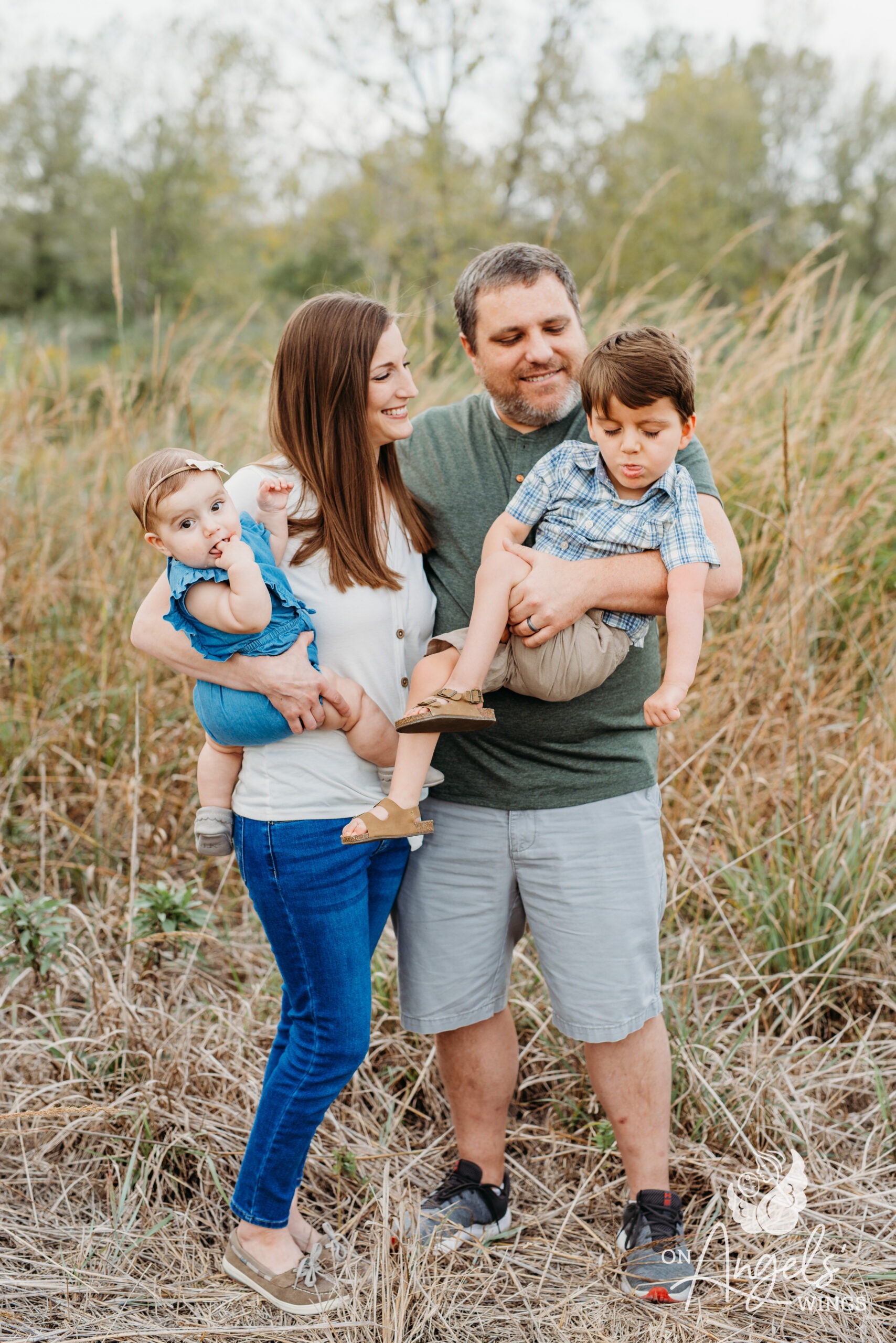
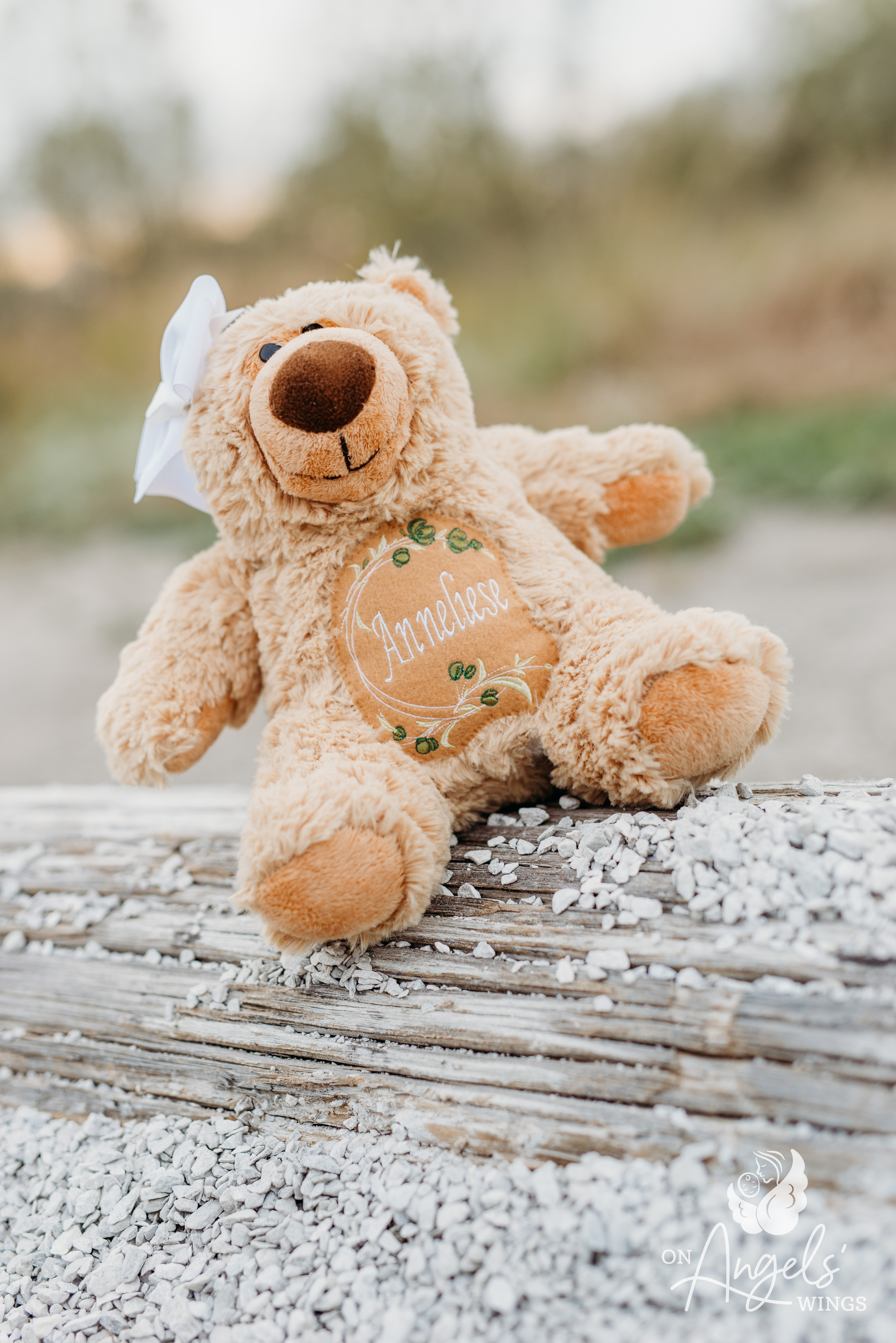

We were initially connected with OAW to take family pictures during my pregnancy with Henry’s little sister, Anneliese, my third pregnancy following a miscarriage in 2021. At our 20 week anatomy scan, we learned that Anneliese had a two vessel Umbilical cord and did not have kidneys. After 16 weeks the amniotic fluid is primarily made up of the baby’s urine. Because Anneliese did not have kidneys to produce urine there was almost no amniotic fluid present. This is why the ultrasound looked so messy and was so difficult to get measurements. We were told that Anneliese had Bilateral Renal Agenesis (BRA), a fatal condition with no chance of survival. Without amniotic fluid her lungs would not develop, and she would not be able to survive even with respiratory support.
We participated in an experimental trial of amnioinfusions. With this treatment, doctors add saline to the womb through a needle into the abdomen. The hope is that this will allow the lungs to develop so that the baby can survive at birth, and then begin dialysis until they can get a kidney transplant around 2-3 years old. This has been a successful treatment option for a few families.
Unfortunately, the treatment did not work for us and Anneliese passed away in the womb just a week before our maternity session with On Angels’ Wings, and was born still in January 2022.
Even after all the tough surprises and losses, Paul and I both knew that we still wanted more children. In late May of 2022, we learned that we were expecting another baby girl who was due in February 2023. While we were definitely nervous, we were also very hopeful and excited. We knew that it was in God’s hands, and we just focused on enjoying every moment of her pregnancy. We gave thanks for every good appointment, ultrasound, and test that we had along the way. Catherine Anne was born in February 2023 with no health concerns. She looked so much like Henry and Anneliese.
We have since been blessed to have family pictures taken by OAW that capture Henry along his journey and allow us to include Anneliese in our family pictures. It helps capture important moments in your child’s life. So often when you are parenting a medically complex child you are living in survival mode. It’s important to slow down, enjoy time with your child, make memories, and take pictures.
It is also very helpful that On Angels’ Wings creates a safe space for us to include Anneliese in our family pictures. It breaks my heart that we will never have a picture of all of our babies together. She is our child, and a huge part of our family. It is important for her to be remembered and included.
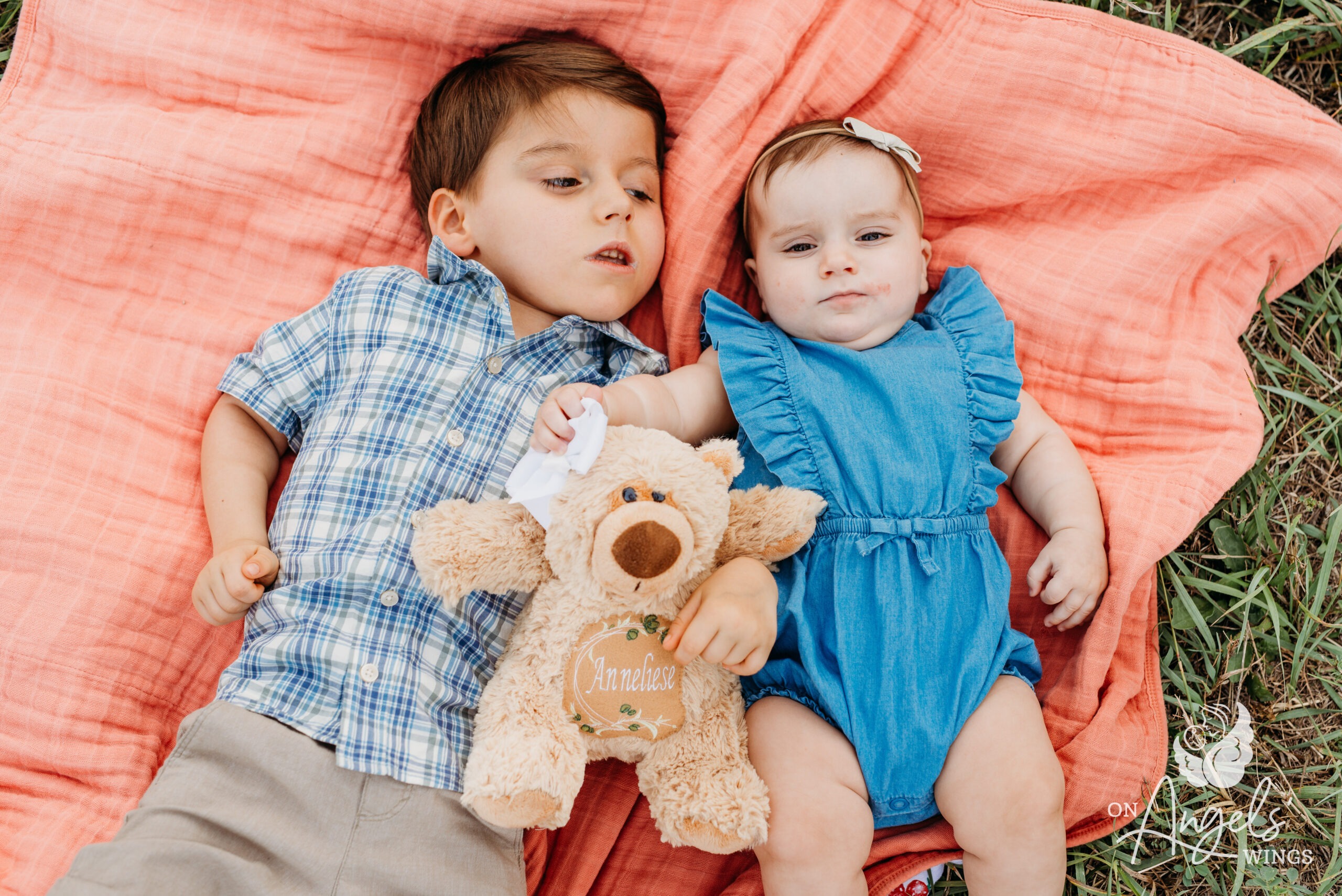
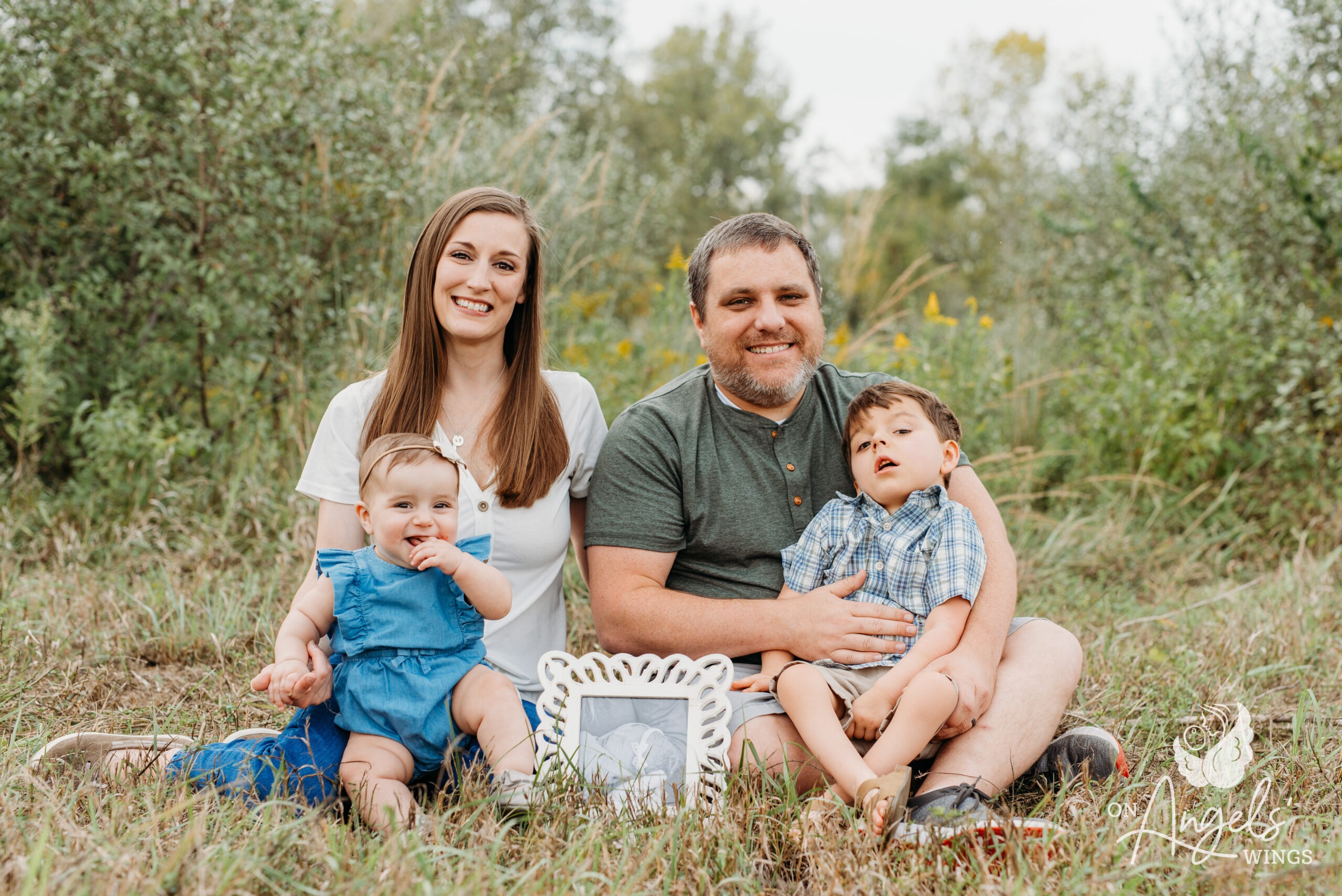
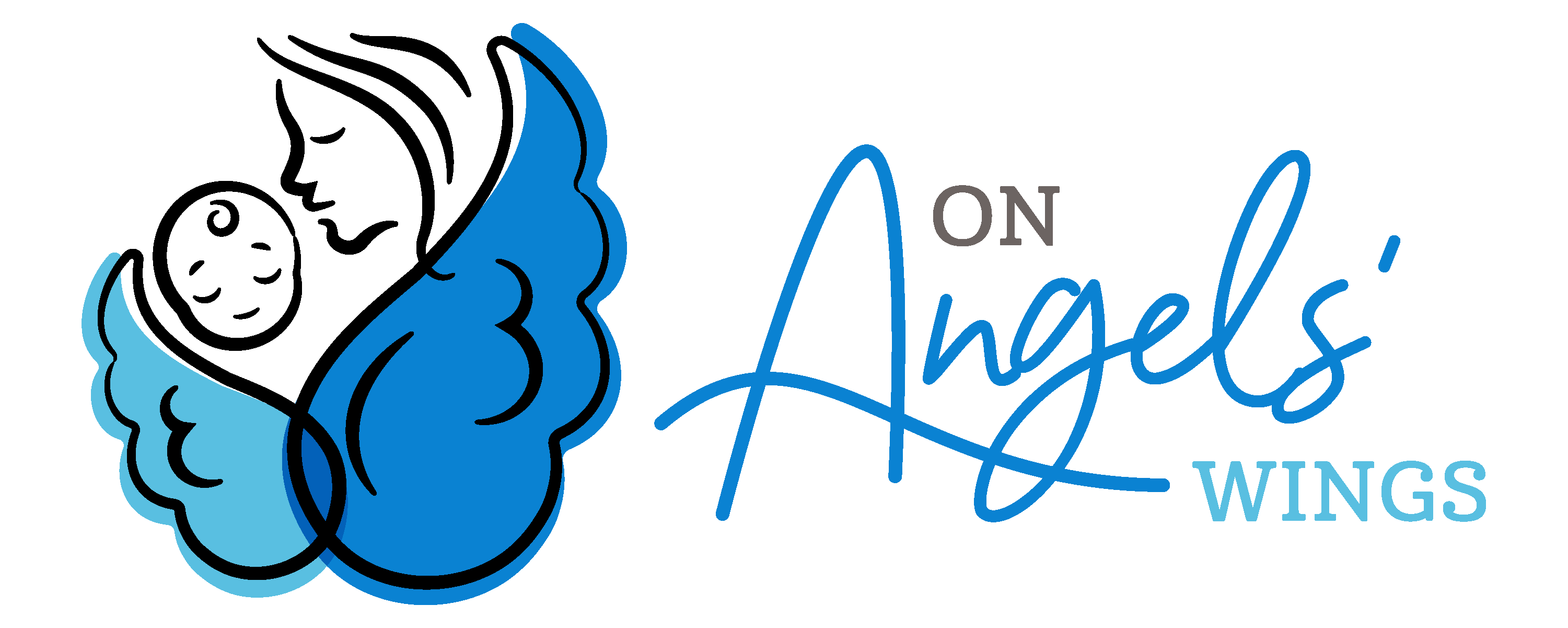
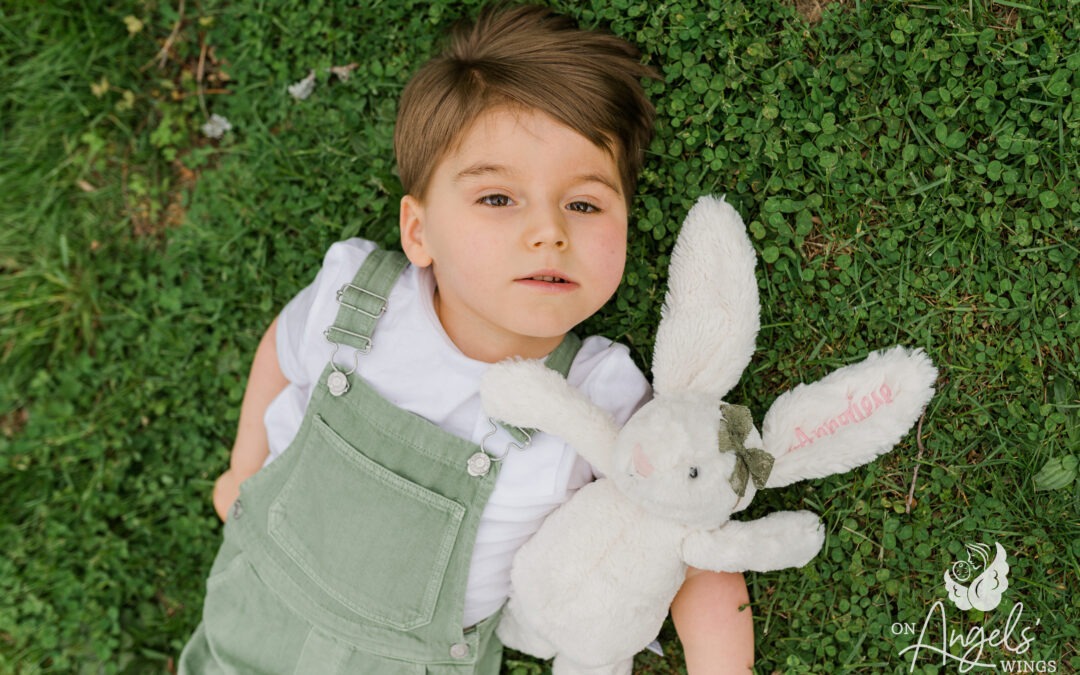
May God bless and keep you all. Thank you so much for sharing your story about your beautiful family. And you are correct when caring for a medically fragile child you are in survival mode and On Angel’s Wings has greatly helped capture Precious Moments.